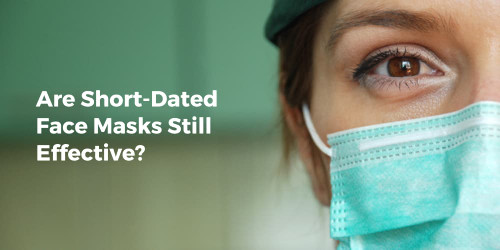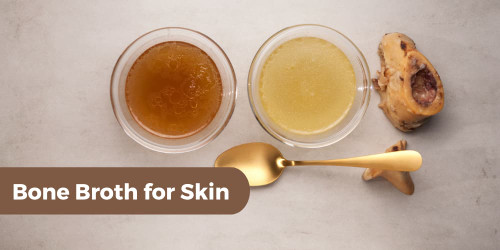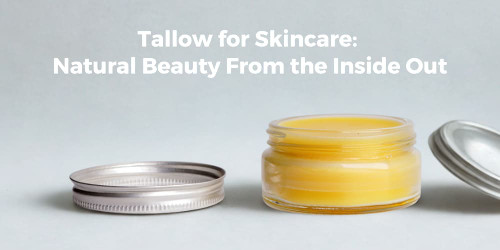Clay masks have been a skincare staple for centuries, drawing on the natural properties of various clays to enhance skin health. If you've ever wondered about the magic behind these masks, you're in the right place. In this comprehensive guide, we'll answer some of the most frequently asked questions about clay masks and unveil the secrets to achieving radiant and rejuvenated skin.
- What Exactly Are Clay Masks? Clay masks are skincare products formulated with different types of clay, each offering unique benefits for the skin. Common clays used include kaolin, bentonite, rhassoul, and French green clay. These clays are known for their ability to absorb excess oil, impurities, and toxins from the skin.
- How Do Clay Masks Work? The magic lies in the absorbent nature of clays. When applied to the skin, clay masks draw out impurities, unclog pores, and absorb excess oils. This process helps to detoxify the skin, leaving it feeling fresh, revitalized, and free from blemishes.
- What Skin Types Benefit from Clay Masks? Clay masks are versatile and suitable for various skin types. Those with oily or acne-prone skin can benefit from the oil-absorbing properties, while individuals with dry or sensitive skin can choose milder clays for a gentle detox. It's essential to select a clay mask tailored to your specific skin needs.
- How Often Should I Use Clay Masks? The frequency of clay mask application depends on your skin type. Generally, once or twice a week is sufficient for most people. Overuse can lead to dryness, so it's crucial to listen to your skin and adjust accordingly.
- Can Clay Masks Help with Acne? Yes, clay masks are excellent for managing acne-prone skin. They work by unclogging pores, reducing excess oil, and preventing breakouts. Regular use can lead to a clearer complexion and minimized acne.
- Do Clay Masks Provide Anti-Aging Benefits? Absolutely! Clay masks not only purify the skin but also promote circulation and stimulate collagen production. This results in improved skin elasticity, reduced fine lines, and a more youthful appearance.
- How Should I Apply and Remove Clay Masks? Apply a thin, even layer of the clay mask to clean, dry skin. Allow it to dry for the recommended time (usually 10-15 minutes) before rinsing with warm water. Pat your skin dry and follow up with your regular skincare routine.
- Are Clay Masks Safe for All Skin Tones? Yes, clay masks are generally safe for all skin tones. However, individuals with sensitive skin should patch test new products to ensure they don't cause irritation. Additionally, choose clay masks with ingredients suitable for your skin type.
- Should I Moisturize After Using a Clay Mask? While clay masks provide a deep cleanse, they can also be slightly drying. It's essential to follow up with a moisturizer to restore hydration and maintain a balanced skin barrier. This step is crucial for all skin types, including oily or acne-prone skin.
Clay masks are a skincare powerhouse, offering a range of benefits for all skin types. Whether you're aiming to combat acne, reduce excess oil, or achieve a youthful glow, incorporating a clay mask into your routine can work wonders. Experiment with different clays and formulations to discover the perfect match for your skin, and unveil the radiant, revitalized complexion you've always desired.















